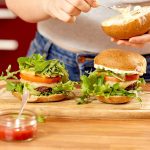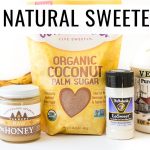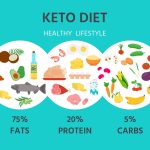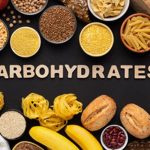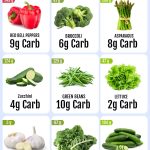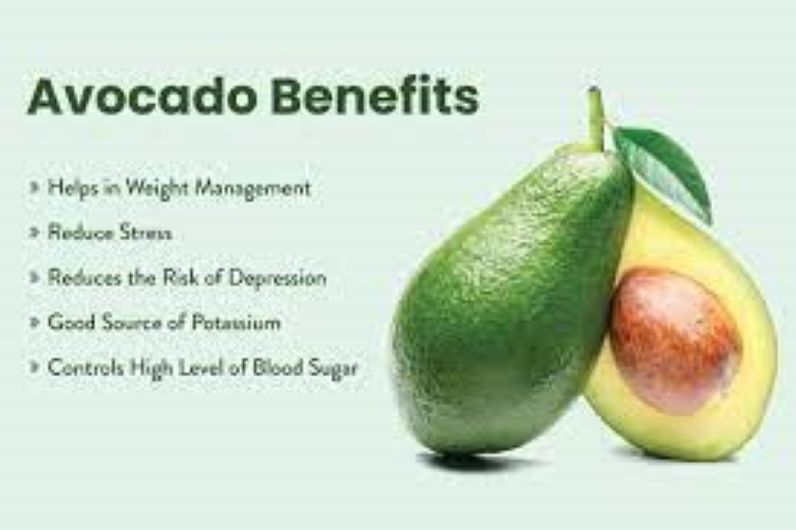Dysphagia, or difficulty swallowing, is a condition that can significantly impact a person’s ability to eat and drink safely. For individuals with dysphagia, choosing the right diet is crucial to ensure proper nutrition while minimizing the risk of choking or aspiration. One effective dietary approach is the mechanical soft diet, which is designed to be easier to chew and swallow. This comprehensive guide explores the mechanical soft diet for dysphagia, its benefits, and practical tips for incorporating it into daily life.
What is a Mechanical Soft Diet?
A mechanical soft diet consists of foods that are easier to chew and swallow compared to regular solid foods. This diet is particularly useful for individuals with dysphagia, as it reduces the risk of food getting stuck or causing choking. The mechanical soft diet is less restrictive than a pureed diet but still provides a range of textures that are manageable for those with swallowing difficulties.
Key Features of a Mechanical Soft Diet
- Soft Textures: Foods are prepared to be soft and easy to chew. This includes cooking or mashing foods to a consistency that is less likely to cause difficulty.
- Moist Consistency: Foods should be moist to prevent them from becoming dry or crumbly, which can be hard to swallow.
- Avoidance of Tough and Chewy Foods: Foods with tough or stringy textures, such as certain meats and fibrous vegetables, are avoided.
- Customizable to Preferences: The diet can be adjusted to individual tastes and dietary needs while maintaining the necessary texture modifications.
Benefits of a Mechanical Soft Diet
- Reduced Risk of Aspiration: Soft, moist foods are less likely to cause choking or aspiration, where food enters the airway instead of the esophagus.
- Improved Nutritional Intake: By including a variety of soft foods, individuals can still enjoy a balanced diet that meets their nutritional needs.
- Increased Eating Enjoyment: Mechanical soft diets allow for more variety and flavor compared to pureed diets, improving mealtime satisfaction.
- Easier Digestion: Soft foods are generally easier to digest, which can be beneficial for individuals with gastrointestinal issues.
Foods Suitable for a Mechanical Soft Diet
1. Soft Fruits
Examples:
- Bananas
- Applesauce
- Soft pears
- Avocado
Preparation Tips: Peel and mash or cut into small, manageable pieces. Avoid fruits with skins or seeds that can be difficult to chew.
2. Cooked Vegetables
Examples:
- Steamed carrots
- Mashed potatoes
- Cooked squash
- Well-cooked green beans
Preparation Tips: Cook vegetables until they are very tender and mash or cut them into small pieces. Avoid raw or crunchy vegetables.
3. Tender Meats
Examples:
- Ground meats (beef, chicken, turkey)
- Tender, well-cooked fish
- Soft, finely chopped poultry
Preparation Tips: Cook meats thoroughly until tender and shred or grind them. Avoid tough or fatty cuts.
4. Dairy Products
Examples:
- Yogurt
- Cottage cheese
- Soft cheese (like cream cheese)
Preparation Tips: Choose low-fat or fat-free options when possible and ensure that the dairy products are smooth and not overly thick.
5. Grains and Cereals
Examples:
- Soft cooked pasta
- Well-cooked rice
- Oatmeal
- Cream of wheat
Preparation Tips: Cook grains and cereals until they are soft and easily digestible. Avoid dry or crunchy options.
6. Eggs
Examples:
- Scrambled eggs
- Poached eggs
- Soft-boiled eggs
Preparation Tips: Prepare eggs to a soft, moist consistency. Avoid fried or hard-boiled eggs that are difficult to chew.
7. Soups and Stews
Examples:
- Creamy soups
- Broth-based soups with finely chopped ingredients
- Stews with tender meat and soft vegetables
Preparation Tips: Ensure that soups and stews are well-cooked and blended to a smooth consistency if needed.
Meal Planning and Preparation Tips
- Use Softening Techniques: Cooking methods such as steaming, boiling, and slow-cooking can help soften foods. Use a blender or food processor if needed to achieve the desired consistency.
- Add Moisture: Incorporate sauces, gravies, or broth to keep foods moist and easier to swallow.
- Portion Sizes: Serve foods in small, manageable portions to make eating easier and reduce the risk of choking.
- Monitor Texture: Ensure that foods are not overly lumpy or dry. Adjust texture as needed to maintain safety and comfort.
- Hydration: Encourage adequate fluid intake to help with swallowing and digestion. Opt for thicker liquids if necessary, based on individual needs.
FAQs
Q1: What is the difference between a mechanical soft diet and a pureed diet?
- A1: A mechanical soft diet includes foods that are soft and easy to chew but not pureed, allowing for some texture. A pureed diet consists of foods blended to a smooth, homogeneous consistency, with no texture at all.
Q2: Can a mechanical soft diet be customized to individual preferences?
- A2: Yes, a mechanical soft diet can be tailored to individual tastes and nutritional needs while adhering to the required texture modifications.
Q3: Are there any foods I should avoid on a mechanical soft diet?
- A3: Avoid tough, chewy, or crunchy foods, as well as foods with skins, seeds, or hard chunks that can be difficult to swallow.
Q4: How can I ensure that I am getting enough nutrients on a mechanical soft diet?
- A4: Include a variety of foods from different food groups to ensure balanced nutrition. Consult a dietitian for personalized guidance to meet nutritional needs.
Q5: Can I eat out at restaurants while following a mechanical soft diet?
- A5: Yes, but it is essential to choose menu items that fit the mechanical soft criteria. Communicate your dietary needs to the restaurant staff to ensure safe and suitable options.
Q6: How can I prepare mechanical soft diet foods in advance?
- A6: Cook and prepare meals in bulk, then portion and store them in the refrigerator or freezer. Use airtight containers to maintain freshness and prevent spoilage.
Q7: Are there any special utensils that can help with eating a mechanical soft diet?
- A7: Adaptive utensils, such as soft-handled spoons and forks, can help make mealtimes easier. Additionally, using a food processor or blender can aid in preparing suitable food textures.
Q8: How often should I consult with a healthcare provider about my mechanical soft diet?
- A8: Regular consultations with a healthcare provider or dietitian are recommended to ensure that the diet continues to meet your needs and to make adjustments as necessary.
Q9: Can a mechanical soft diet help with weight management?
- A9: Yes, a mechanical soft diet can be part of a weight management plan, especially if it includes balanced and portion-controlled meals. Consult with a dietitian for personalized advice.
Q10: What are some easy recipes for a mechanical soft diet?
- A10: Examples include creamy soups, mashed potatoes, scrambled eggs, and smoothies made with soft fruits and yogurt. Look for recipes that emphasize soft, moist textures.
Conclusion
A mechanical soft diet offers a practical and flexible approach for managing dysphagia, making mealtime safer and more enjoyable. By focusing on soft, moist foods that are easy to chew and swallow, individuals with dysphagia can maintain good nutrition and reduce the risk of choking or aspiration. With careful planning and preparation, a mechanical soft diet can enhance quality of life and support overall health. Always consult with a healthcare provider or dietitian to tailor the diet to individual needs and ensure that nutritional requirements are met.



